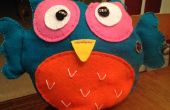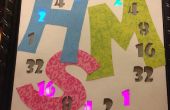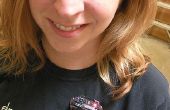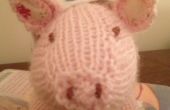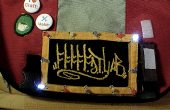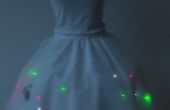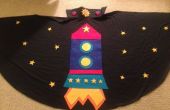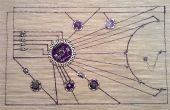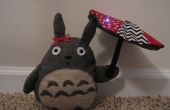Paso 3: Añadir el zumbador
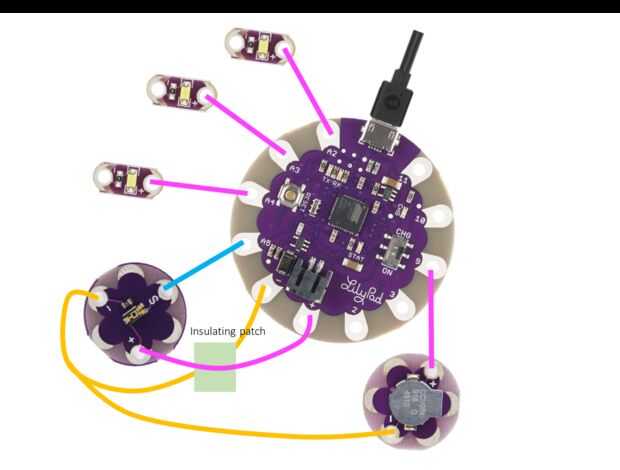
Finalmente, hacia la sede si el LED y el sensor funciona con el zumbador. Programar el timbre para ser controlado por la cantidad de luz que cae en el sensor. Programa el zumbador para corresponder a la reproducción de una nota de cuando cae la cantidad de luz en el sensor.
Consulte el curicut ilustrado para agregar el sensor.
El código de Arduino se adjunta a continuación:
int myLed [] = {A2, A3, A4};
int [] sonido = {523, 539, 587}; C, D, E
int lightScope [] = {360,370,380,400};
int i = 0;
sensor int = A6;
int vuelta = 9;
byte val; guardar variables
int buzzerPin = 9;
void setup() {}
Serial.Begin(9600);
para (i = 0; i < 3; i ++) {}
pinMode (myLed [i], salida);
}
}
void loop() {}
int sensorValue = analogRead(sensor);
Serial.println(sensorValue);
Delay(100);
Si (sensorValue < 20) {/ / Tur todos el LED apagado, si el valor es superior a 40
digitalWrite (myLed [i], LOW);
}
else if (sensorValue > lightScope [0], sensorValue < lightScope [1]) {}
Apagado (myLed [0], 100);
tono (buzzerPin, 523, 1000);
Delay(100);
}
else if (sensorValue > lightScope [1], sensorValue < lightScope[2]) {}
Apagado (myLed [1], 100);
tono (buzzerPin, 587, 1000);
Delay(100);
}
else if (sensorValue > lightScope [2], sensorValue < lightScope[3]) {}
Apagado (myLed [2], 100);
tono (buzzerPin, 659, 1000);
Delay(100);
}
otra cosa
{
Light();
}
}
void light() {}
para (i = 0; i < 3; i ++) {}
digitalWrite (myLed [i], LOW);
Delay(100);
}
}
{} void apagado (int ledPin, int ledDelay)
digitalWrite (ledPin, HIGH);
Delay(ledDelay);
digitalWrite (ledPin, LOW);
Delay(ledDelay);
}

